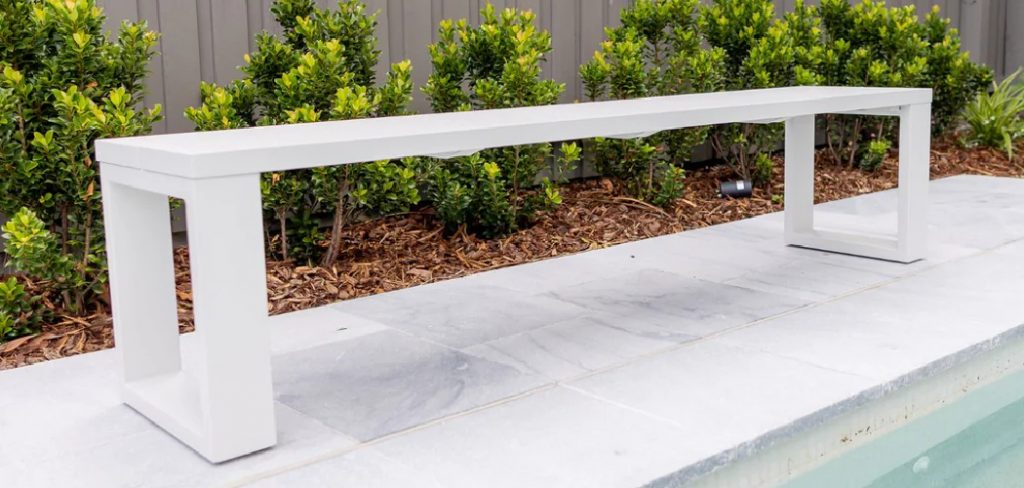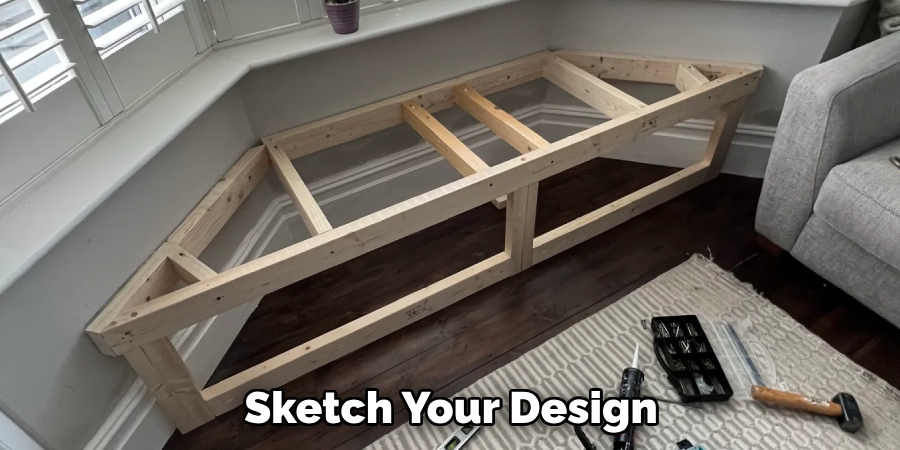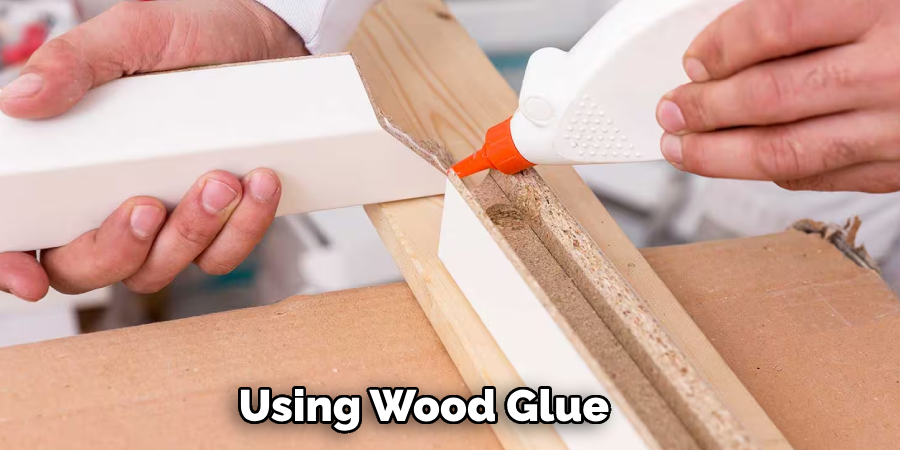Looking for a versatile and stylish seating solution that you can build yourself? Enter DIY bench seating—a perfect blend of functionality and aesthetics. Whether you want to create a cozy reading nook, add extra dining room seating, or enhance your outdoor space, bench seating is a great project to tackle. This guide will walk you through everything you need to know about how to make bench seating, from planning and materials to construction and finishing touches.

Why Choose Bench Seating?
Before we get into the nitty-gritty of building your own bench, let’s explore why bench seating is such a popular choice. Bench seating is versatile, customizable, and functional, making it an ideal option for various settings, including dining areas, entryways, and outdoor patios. Additionally, a well-crafted bench can add a touch of elegance and charm to any space.
Planning Your Bench Seating Project
Determine Your Purpose
The first step in any successful DIY project is planning. Ask yourself why you want to add bench seating to your space. Is it for extra seating at your dining table or a cozy reading nook in your living room? Knowing the purpose will help you decide on the size, style, and features of your bench.
Measure Your Space
Once you’ve identified the purpose, measure the area where you plan to place the bench. Ensure there’s enough room for people to sit comfortably without feeling cramped. Take note of the dimensions, including length, width, and height, as these measurements will guide your design and material choices.
Select a Style
Bench seating comes in various styles, from rustic farmhouse to sleek modern designs. Choose a style that complements your existing decor. You can find inspiration online, in magazines, or even by visiting furniture stores. Sketch your design, including any additional features like storage compartments or cushions.

Gathering Materials and Tools
Essential Materials
After planning your design, it’s time to gather the materials you’ll need. Common materials for bench seating include:
- Wood: Pine, oak, or plywood are popular choices.
- Screws and Nails: For securing the pieces together.
- Wood Glue: To add extra strength to the joints.
- Sandpaper: For smoothing out rough edges.
- Paint or Stain: To finish the bench.
Necessary Tools
You’ll also need a few essential tools for this project:
- Measuring Tape: To ensure accurate measurements.
- Saw: A circular or hand saw will work.
- Drill: For making pilot holes and driving screws.
- Hammer: For nailing pieces together.
- Clamps: To hold pieces in place while the glue dries.
- Paintbrushes: For applying paint or stain.
Step-by-Step Guide on How to Make Bench Seating
Cut the Wood
Start by cutting your wood pieces according to the measurements you took earlier. You’ll need pieces for the seat, legs, and supports. If your design includes a backrest or storage compartments, cut those pieces as well. Use a saw to make clean, precise cuts.
Assemble the Frame
Next, assemble the frame of the bench. Begin with the legs and supports, using wood glue to secure the joints. Once the glue has dried, reinforce the joints with screws or nails. Make sure the frame is sturdy and level before moving on to the next step.

Attach the Seat
With the frame in place, attach the seat to the top. Apply wood glue to the edges of the frame where the seat will sit, then place the seat on top. Use screws or nails to secure the seat to the frame. Ensure the seat is level and firmly attached.
Adding Finishing Touches
Sand the Wood
Once the bench is assembled, use sandpaper to smooth out any rough edges or surfaces. Sanding will help the paint or stain adhere better and give the bench a polished look. Start with coarse-grit sandpaper and gradually move to finer grits for a smooth finish.
Paint or Stain
After sanding, it’s time to paint or stain your bench. Choose a color that complements your decor. Apply the paint or stain evenly, following the manufacturer’s instructions. Allow it to dry completely before using the bench. For added protection, consider applying a clear sealant.
Add Cushions and Accessories
To make your bench more comfortable and stylish, add cushions or throw pillows. You can buy pre-made cushions or sew your own to match your decor. Consider adding a few accessories like a cozy throw blanket or decorative baskets for storage.
Incorporating Bench Seating in Different Spaces
Dining Room
In the dining room, bench seating can be a space-saving alternative to traditional chairs. Place a long bench along one side of your dining table to accommodate more guests comfortably. This setup works particularly well in small dining areas or open-concept kitchens.
Entryway
A bench in the entryway offers a convenient spot for putting on shoes or dropping bags. Choose a design with built-in storage compartments to keep items organized and out of sight. Add hooks or a coat rack above the bench for additional functionality.
Outdoor Patio
For outdoor spaces, consider using weather-resistant materials like treated wood or composite decking. Place the bench on your patio or deck, and add outdoor cushions for comfort. You can also incorporate a built-in planter or storage compartment for added convenience.

Maintaining Your Bench Seating
Regular Cleaning
To keep your bench looking its best, clean it regularly. Wipe down the surfaces with a damp cloth to remove dust and dirt. For outdoor benches, use a mild soap solution to clean away grime and prevent mold growth.
Inspect for Damage
Periodically inspect your bench for any signs of wear or damage. Tighten loose screws or nails, and reapply paint or stain as needed. Addressing minor issues promptly can prevent them from becoming major problems.
Seasonal Maintenance
For outdoor benches, consider bringing them inside or covering them during harsh weather conditions. This will help protect the wood and extend the life of your bench. If you live in an area with extreme temperatures, regular maintenance is especially important.
Things to Consider When Choosing Bench Seating
Size and Space Constraints
Before selecting your bench, consider the size of your space and the number of people you intend to accommodate. Measure the area to ensure the bench fits without obstructing foot traffic. Evaluate how many individuals will regularly use the bench and choose dimensions that provide adequate comfort.
Style and Aesthetics
Think about how the bench design aligns with your existing decor. Whether you prefer a sleek modern look or a classic rustic feel, the style should enhance the overall ambiance of the room or outdoor area. Consider colour schemes and material finishes that will complement your other furnishings.

Versatility and Functionality
Assess how you plan to utilize the bench. If it will serve multiple purposes, such as additional seating or storage solutions, select a design that offers versatility. Features like built-in storage compartments can help maintain organization, especially in small areas.
Durability and Maintenance
Choose materials that match the expected usage and environment. For indoor benches, hardwood offers durability, while outdoor benches should be constructed from weather-resistant materials. Additionally, consider the maintenance required for each material to ensure long-lasting use.
Comfort
Lastly, comfort should be a priority. Think about the types of cushions or upholstery you might need, as well as seat height, depth, and backrest design if applicable. Incorporating comfortable elements will enhance the overall experience of using the bench.
Common Mistakes to Avoid
Not Planning Adequately
One of the biggest pitfalls in creating bench seating is failing to plan properly. Take the time to sketch your design and measure your space accurately. This helps ensure that the bench fits perfectly and meets your needs, avoiding costly adjustments later on.
Skipping Quality Materials
Opting for low-quality materials might save money initially, but it can lead to structural issues or quick wear and tear. Always choose durable, appropriate materials for your bench, especially when considering its intended use and location.
Ignoring the Importance of Comfort
A bench should be both functional and comfortable. Many people overlook cushion thickness and seat depth, leading to a hard and uncomfortable seating experience. It’s crucial to choose the right cushions or materials that enhance comfort while maintaining style.
Neglecting to Finish Properly
After assembling your bench, skipping the sanding, painting, or staining process can result in a rough finish that detracts from the overall appearance. These finishing touches not only improve aesthetics but also aid in the protection of the wood.
Disregarding Maintenance Needs
Some might overlook the importance of regular maintenance, leading to premature wear or damage over time. Establish a routine for cleaning and inspecting your bench, addressing any small issues before they escalate into bigger problems.
Conclusion
Building your own bench seating is a rewarding project that combines creativity and practicality. With careful planning, the right materials, and a bit of effort, you can create a beautiful and functional piece of furniture that enhances your space. Whether you’re adding extra seating to your dining room, creating a cozy entryway, or upgrading your outdoor patio, a DIY bench is a versatile and stylish solution. Hopefully, this article gave you some helpful tips about how to make bench seating successfully, so now that you have the proper knowledge on how to get the job done, why not give it a try today?
About the Author
Adrian Green, a lifelong woodworking enthusiast, shares his passion for the craft through The Woodenify Blog. With a foundation built on years of hands-on experience in his father’s woodworking shop, Adrian is dedicated to helping others learn and grow in the world of DIY woodworking. His approach to woodworking combines creativity, practicality, and a deep appreciation for the art of building with your own hands. Through his blog, he inspires individuals of all skill levels to embark on their own woodworking journeys, creating beautiful, functional pieces of furniture and décor.
Professional Focus
- Specializes in DIY woodworking projects, from furniture to home décor.
- Provides step-by-step guides and practical tutorials for woodworkers of all skill levels.
- Dedicated to helping readers build confidence and skill through easy-to-follow instructions and tips.
- Passionate about fostering a community of makers who can share, learn, and grow together.
Education History
- University of Craft and Design – Bachelor of Fine Arts (BFA) in Woodworking and Furniture Design
- Woodworking Apprenticeships – Extensive hands-on training with skilled craftsmen to refine carpentry and furniture making techniques.
- Online Courses & Masterclasses – Continued education in advanced woodworking techniques, design principles, and specialized tools
Expertise:
- DIY woodworking, carpentry, furniture making, and home décor projects.
- Creating accessible tutorials and guides for beginner to advanced woodworkers.
- Sharing the joys and satisfaction of woodworking, from raw materials to finished products.
